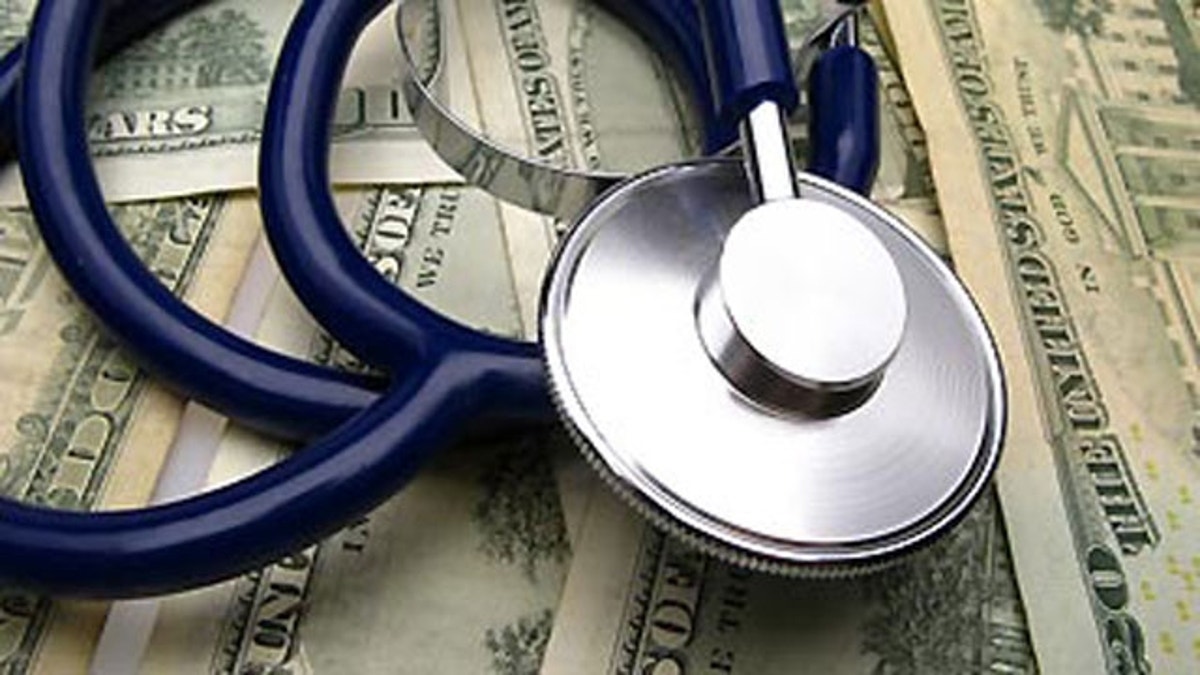
The Department of Health and Human Services, and the Centers for Medicaid, Medicare and Medicare Services, recently released interesting information on the prices typically charged for the top 100 most common inpatient visits.
It’s no surprise that when you look at the data there is a tremendous amount of variation between hospitals in the same region, as well as hospitals across regions. Many attribute the rising costs of health care in the United States to hospital charges.
For most people, access to information about price data has been a black hole, and very difficult to access. As a part of President Obama’s health care law there has been an attempt to increase cost transparency on everything from health insurance to doctor’s visits.The information looks interesting at face value, but is hardly enough to make any substantial conclusions.
One has to wonder why two hospitals in the same vicinity in New York City can have such dramatic variation in charges for a similar diagnosis of asthma or bronchitis. It’s not enough, however, to make simple comparisons based on a single diagnosis because there are many factors driving health care costs.
As an example, for somebody with asthma, it is important to understand whether they also have other complications of the condition, and what medications they are taking, as that will have an impact on the severity of their condition and ultimately, hospital costs. So a hospital visit for a severe asthmatic may actually cost $34,000, but a visit for a mild asthmatic may, in fact, cost close to $8,000.
Experts often attribute the disparities of hospital charges to the fact that they have the ability to create fees that are rarely transparent to consumers. Hospitals will contend that these prices that come from a list they call the Charge Master, really don’t make a difference, as they use this as a starting point to negotiate with insurance companies or Medicare. In fact, even an uninsured individual is never paying the fees from a Charge Master because the hospital often understands that they will end up negotiating the final discounts with an arbitrator when the individual cannot pay or there is a dispute.
The newly released data focuses a lot in regional variations of price, especially for the 100 most common medical procedures. The information that cannot be determined from this data is the variation in the demographics, and the risk of the population, both of which have an impact on price. What is also not revealed in the HHS data is what the reimbursement actually was despite the published charges.
While consumers are clearly being forced to make more independent decisions about doctors, insurance policies and other services, there is a lot of information the consumer will need before they can act. Price alone is not necessarily a proxy for the best care, and while price matters, especially for individuals that cannot afford it, it is not a clear predictor of quality of care delivered.
The release of hospital charges is a positive step in the right direction, but there is still a lot more information that remains locked up within the health care system that is not easily accessible.
As an example, insurance companies and pharmacy benefits managers are often reluctant to publish or release information about the discounts that they negotiate with providers and hospital systems. The same applies to pharmacy benefits managers. If consumers and employers and states are really going to become smarter shoppers this won’t happen until there is a level playing field.
It is important for consumers to understand that looking at health care data, such as charges, can sometimes be misleading if not carefully evaluated in the right context. For that matter, even people who have studied health informatics often find it difficult to decipher complex health data. As we near the launch of the open market place, there will be an increasing demand for not only open data, but data that can be interpreted by the lay person to truly help them make better decisions.
